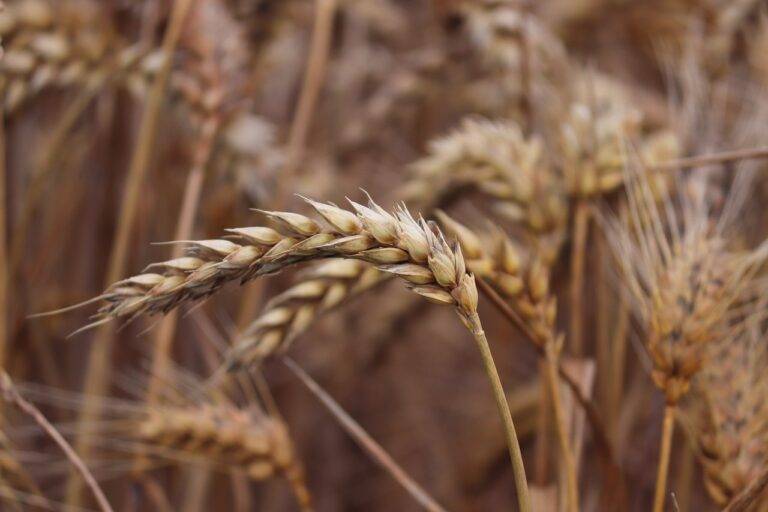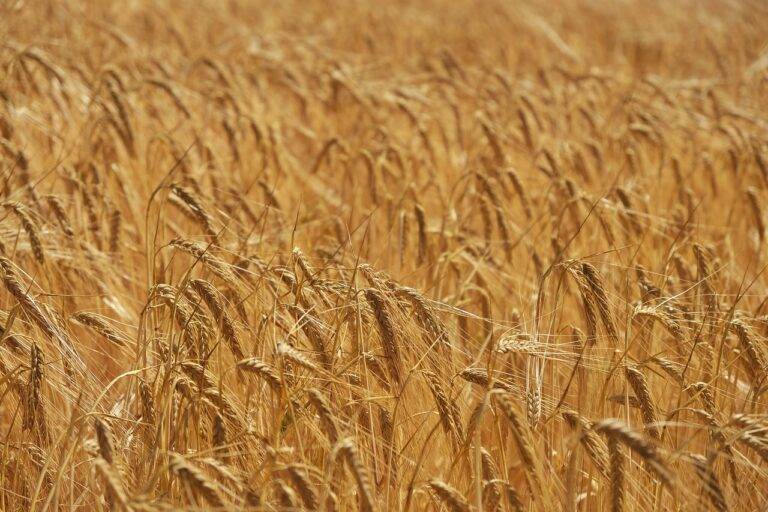Analyzing Food Industry Strategies for Reducing Food Waste Through Supply Chain Optimization
An ongoing challenge in the food industry is the lack of standardized methods for measuring and tracking food waste. Without consistent metrics, it is difficult for companies to accurately assess their waste generation and progress towards reduction goals. This hinders the industry’s ability to effectively target areas for improvement and implement strategies to minimize waste.
Another obstacle faced by the food industry is the complexity of its supply chain networks. With multiple stakeholders involved in the production, distribution, and consumption process, coordination and communication can be challenging. This can lead to inefficiencies and disconnects in efforts to reduce food waste at various stages of the supply chain.
The Impact of Food Waste on the Environment and Economy
Food waste has significant repercussions on both the environment and economy. When food is discarded into landfills, it decomposes anaerobically, releasing methane, a potent greenhouse gas that contributes to climate change. The environmental impact of food waste extends beyond emissions, as natural resources such as water and arable land are wasted in the production of food that ultimately goes uneaten.
Moreover, the economic implications of food waste are substantial. From the resources invested in farming, transportation, and processing to the cost of disposal, every stage of the food supply chain incurs financial losses when food is wasted. Businesses lose revenue, consumers face higher food prices, and governments bear the burden of managing waste disposal systems – all of which challenge the sustainability of the food industry and economy as a whole.
Innovative Technologies and Solutions for Reducing Food Waste
One promising solution for reducing food waste in the industry is the implementation of smart sensors and data analytics. By using sensors to monitor food storage conditions such as temperature and humidity, companies can identify potential spoilage risks early on and take preventive measures. Data analytics can also help predict demand more accurately, allowing for better inventory management and reduced excess production that often leads to waste.
Another innovative technology that shows great potential in minimizing food waste is blockchain. By utilizing blockchain technology, the entire food supply chain can be more transparent and traceable, enabling better tracking of food products from farm to fork. This not only helps in reducing food loss during transportation and storage but also enhances trust and accountability among stakeholders in the supply chain.
– Smart sensors and data analytics can monitor food storage conditions
– Helps identify potential spoilage risks early on
– Predict demand more accurately for better inventory management
– Reduces excess production that leads to waste
– Blockchain technology makes the entire food supply chain transparent and traceable
– Better tracking of food products from farm to fork
– Reduces food loss during transportation and storage
– Enhances trust and accountability among stakeholders in the supply chain
What are some challenges in the food industry’s efforts to minimize food waste?
Some challenges include inefficient supply chain management, lack of consumer awareness, and limited resources for food recovery and redistribution.
How does food waste impact the environment and economy?
Food waste contributes to greenhouse gas emissions, wasted resources like water and energy, and economic losses for businesses and farmers.
What are some innovative technologies and solutions for reducing food waste?
Some innovative solutions include smart packaging technologies, food tracking and inventory management systems, and food waste recycling and composting programs.







